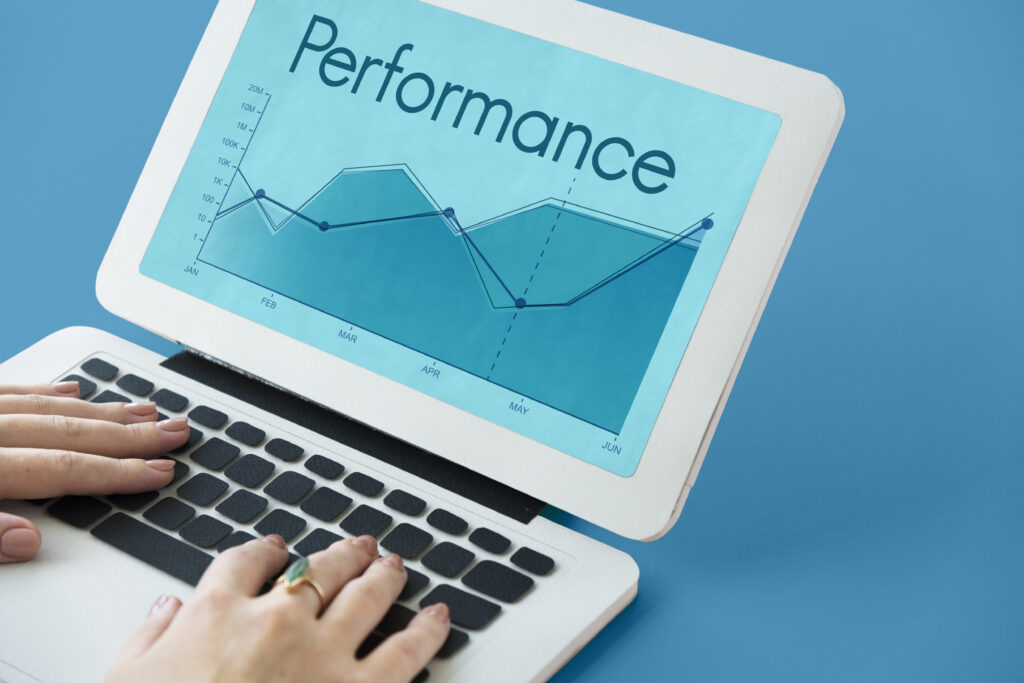For years, influencer marketing has been treated more like a PR activity than a serious growth channel. While it created buzz and boosted brand visibility, it often lacked one critical element: accountability.
Marketers struggled to justify spend because the data just wasn’t there. Campaigns were measured in likes, not leads. Brands invested heavily in reach, but had little to show in terms of actual performance—no clear impact on sales, no conversion tracking, no actionable insights.
As a result, influencer marketing got a reputation: high on hype, low on results. But that’s changing—and fast.
Today, with the right tools, data, and strategy, influencer marketing can (and should) be treated just like any other performance channel.

A Powerful Brand Awareness Tool
Before we dive into performance metrics, it’s important to acknowledge one thing: influencer marketing has always been effective at building brand awareness. Creators bring something no ad ever could—trust. Their audiences follow them for their personality, opinions, and storytelling, which makes their recommendations feel personal and organic.
When an influencer talks about your brand, they’re not just reaching people—they’re starting conversations, shaping perceptions, and embedding your product into culture. This kind of awareness is incredibly powerful, especially when launching new products, entering new markets, or repositioning your brand.
But here’s where most campaigns stop short.
Too many brands settle for reach and impressions, without connecting that awareness to deeper metrics like website visits, add-to-carts, or actual conversions.
Setting Performance Goals That Matter
If you want to treat influencer marketing like performance marketing, it starts with setting the right goals—ones that go beyond vanity metrics and align directly with your business objectives.
Here’s how to shift your focus:
1. Define Clear KPIs
Move past likes and impressions. Instead, track metrics that indicate real action and intent:
- Website visits
- Add-to-cart events
- Conversion rates
- Coupon code redemptions
- App downloads
- Product page views
These indicators help tie influencer content to actual sales behavior.
2. Map KPIs to the Funnel
Think of your campaign in terms of the customer journey:
- Top of Funnel → Awareness, reach, engagement
- Middle of Funnel → Website visits, time on site, clicks
- Bottom of Funnel → Conversions, purchases, sign-ups
Assign goals at each stage so you’re measuring influence from first impression to final sale.
3. Use Tracking Infrastructure
Performance marketing relies on good data. Set up:
- UTM links to track traffic
- Discount codes tied to specific influencers
- Pixel or SDK tracking for app installs and in-app actions
- Custom landing pages or microsites
This ensures you’re not just reaching the right people—you’re also capturing their actions in real-time.
Influencer marketing is evolving—and it’s no longer just about reach or aesthetics. For too long, the space lacked accountability and actionable insights, making it hard for brands to justify ROI. But with the right mindset and tools, influencer marketing can now be treated as a full-fledged performance channel.
By setting clear KPIs, tracking real conversions, using discovery tools to find the right creators, and optimizing in real-time, brands can move beyond vanity metrics and build campaigns that drive measurable business outcomes.
The future of influencer marketing isn’t just about being seen—it’s about delivering results.
